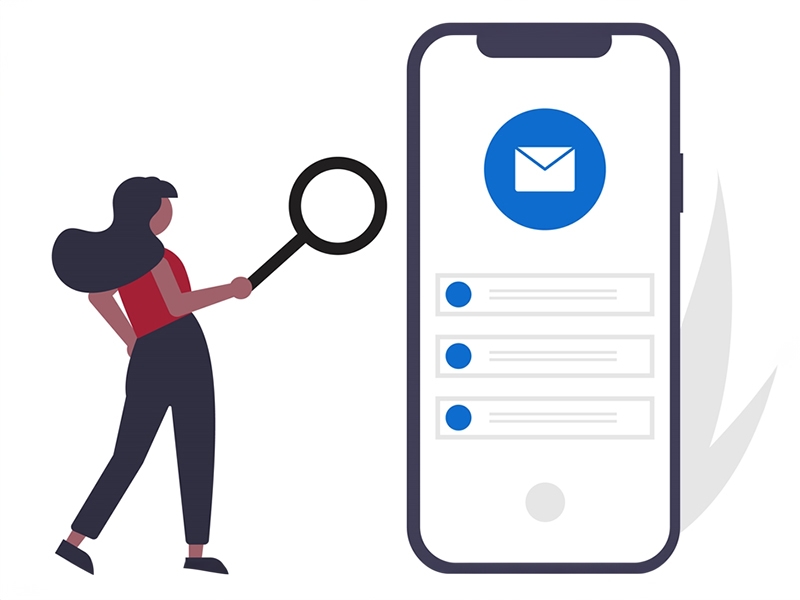Identifying Phishing Emails
Have you ever received an email that was too good to be true? Maybe the email claimed that you won something or had a spectacular job offer. How about an email asking you to pay an invoice or threatening to shut down your account? Most of the time, these are phishing emails, which are scams!
Phishing emails try getting the recipient to click on a link in order to gain access to their personal information. These emails and links should never be clicked on. Opening links in these emails, or even opening the email itself, can cause harm to you or your device.
How do I identify a phishing email?
There are many signs to look for when trying to decipher if an email is legitimate. Here are some of the key indicators that an email is likely to be a phishing attempt:
-
Verify the sender's contact information and email address
-
A sense of urgency
-
Generic greeting, such as "Dear Customer,"
-
Spelling or grammatical errors
-
Suspicious links
View a real-world example of what a phishing attempt looks like to be better able to spot them if you receive one.
October is National Cybersecurity Awareness Month! The month of October is dedicated to providing resources and awareness to help people around the country stay safe online. Everyone can take simple steps to protect themselves when using technology and the internet such as identifying and reporting phishing emails, using multifactor authentication and keeping your software updated. For more tips and information on how you can stay cyber safe, visit the IT Services cybersecurity checklist or the Cybersecurity & Infrastructure Security Agency.
Contacts
Ele Powell, assistant director of administrative communications
Division of Finance and Administration
479-718-1918, elep@uark.edu
